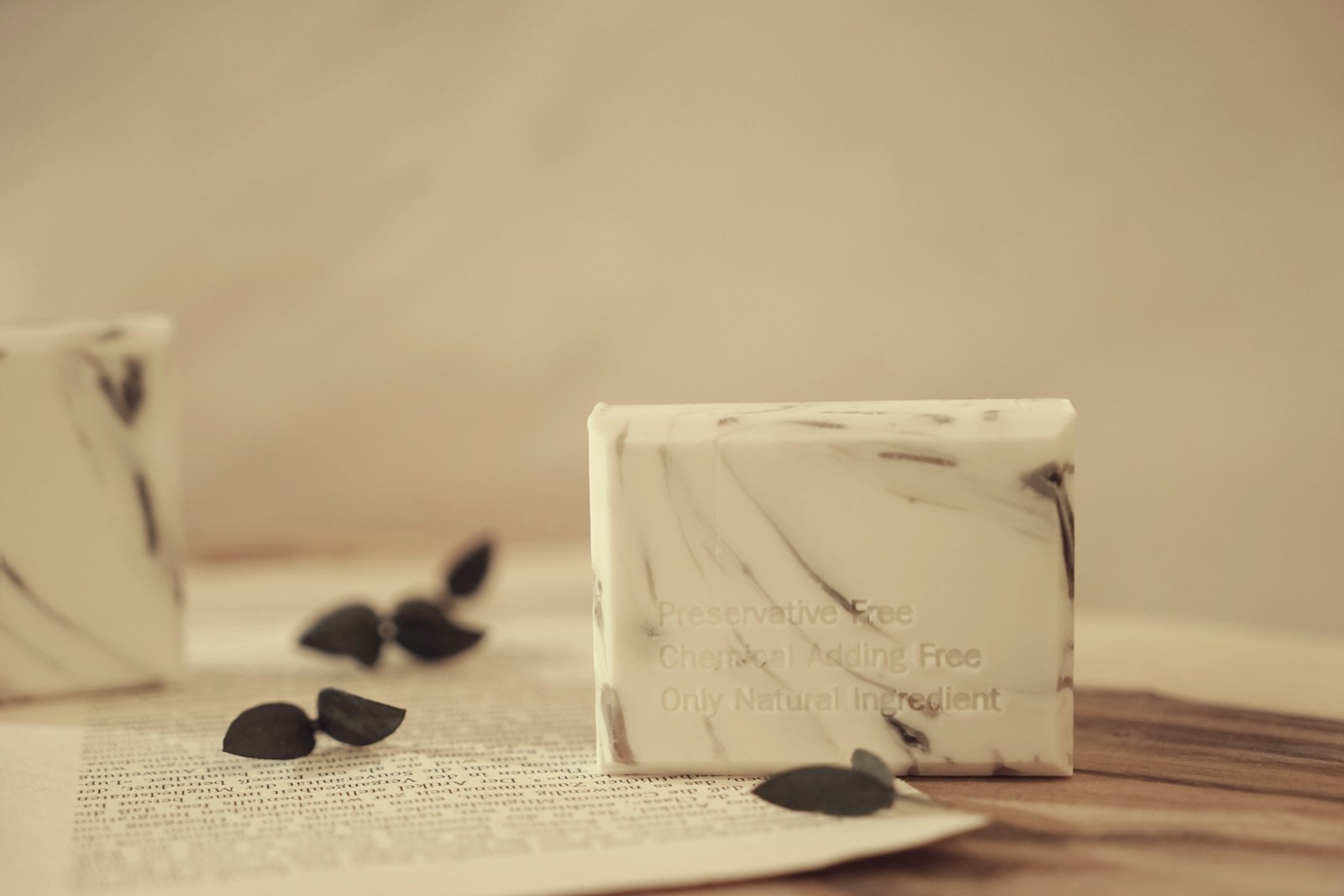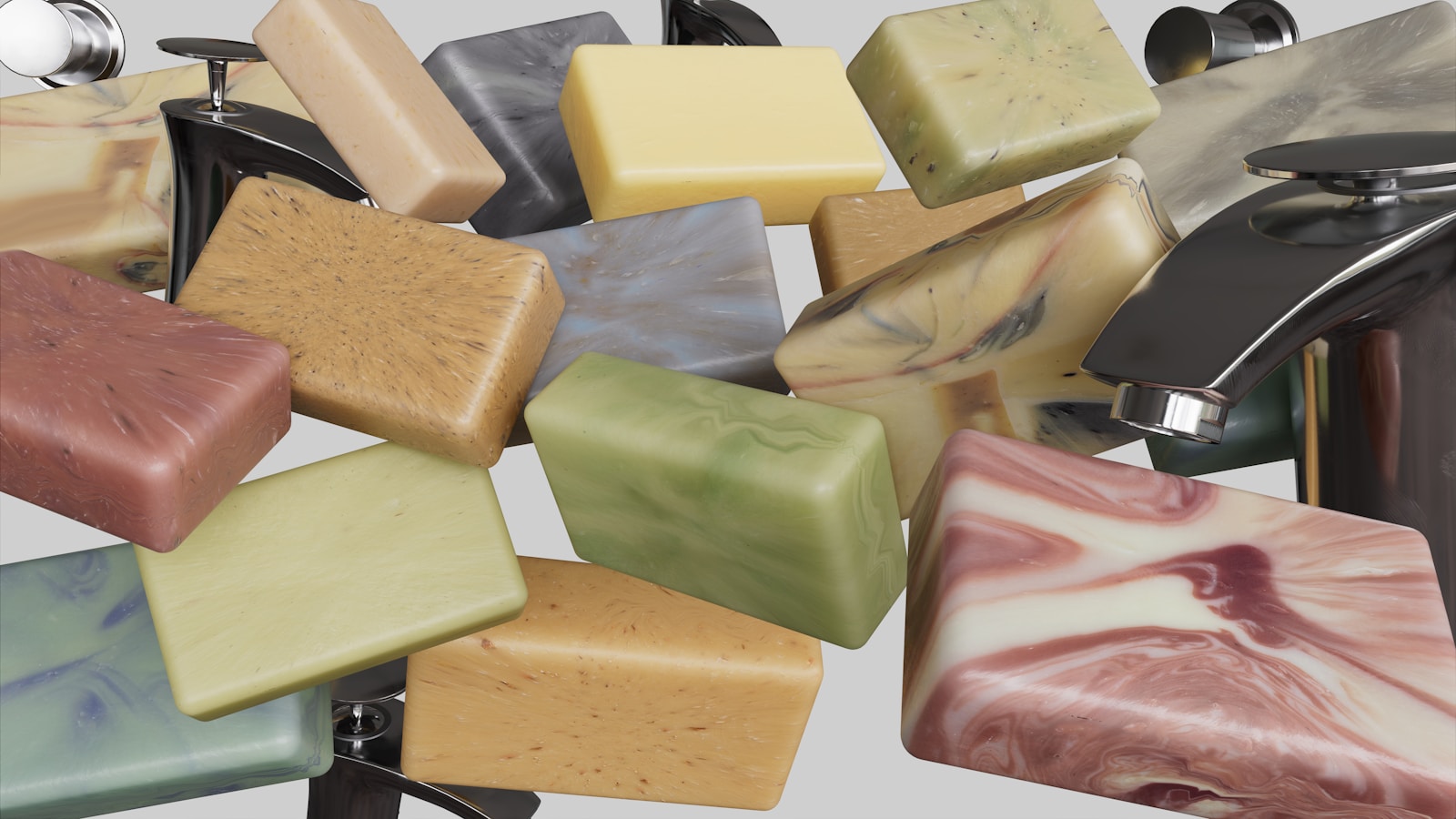Making soap is an art form that has been practiced for centuries. The process of creating scented soap involves a delicate balance of science and creativity, resulting in a product that not only cleanses but also delights the senses. If you are interested in learning the art of making soap, this guide will provide you with tips and techniques to get started on your soap-making journey.
One of the first steps in making soap is to gather all the necessary ingredients and equipment. You will need oils or fats, lye, water, and any additional additives such as scents or colors. It is important to use a reliable recipe when making soap to ensure that the final product is safe and effective. There are many resources available online that provide detailed instructions on how to make soap, so be sure to do your research before getting started.
When choosing oils for your soap, it is important to consider their properties and how they will affect the final product. Different oils produce different lathering and moisturizing effects, so experimenting with different combinations can help you achieve the perfect balance for your skin type. Some popular oils used in soap making include olive oil, coconut oil, and shea butter.
In addition to oils, scents play a crucial role in creating a unique and enjoyable soap. There are a wide variety of essential oils and fragrance oils available that can be used to add a pleasant aroma to your soap. When choosing a scent, consider how it will blend with the other ingredients and the overall theme of your soap. Some popular scents for soap include lavender, citrus, and vanilla.
To add scent to your soap, you can mix essential oils or fragrance oils into the soap batter before pouring it into the molds. Be sure to use the recommended amount of scent to avoid overpowering the soap. You can also add dried herbs or botanicals for a natural touch and added visual interest.
Once you have poured the soap into molds, it is important to let it cure for several weeks before using it. This allows the soap to harden and the lye to fully saponify, resulting in a mild and gentle product. After the curing period, you can unmold the soap and cut it into bars, ready for use or gifting.
In conclusion, making scented soap is a rewarding and creative hobby that allows you to customize your cleansing routine. By following a few simple tips and guidelines, you can create beautiful and fragrant soaps that are both functional and luxurious. Whether you are a beginner or an experienced soap maker, there is always something new to learn and explore in the art of making soap. So why not discover the joy of soap making today?




